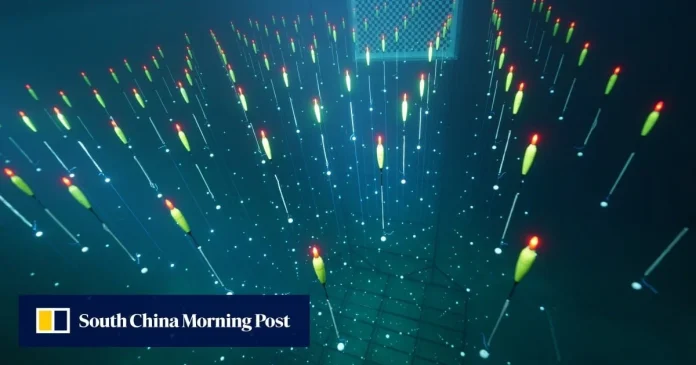The construction of the Tropical Deep-sea Neutrino Telescope (Trident) in the South China Sea is a remarkable scientific endeavor with far-reaching implications. Situated 2.2 miles beneath the Western Pacific Ocean’s surface, Trident is poised to become the world’s largest and most advanced neutrino telescope.
Trident’s primary mission is to detect and study cosmic neutrinos, elusive subatomic particles that can traverse vast cosmic distances and interact with water molecules, emitting bursts of light. By studying these neutrinos, scientists hope to unravel the mysteries surrounding the origin of cosmic rays. Cosmic rays are high-energy particles from outer space, and understanding their source is a longstanding question in astrophysics.
Additionally, Trident’s capabilities extend beyond cosmic ray research. It will be instrumental in conducting experiments related to space-time symmetries, a fundamental aspect of the universe’s structure. Delving into the intricacies of quantum gravity, another mysterious realm in physics, is also part of Trident’s scientific agenda. Furthermore, the telescope indirectly contributes to the ongoing quest to explore the existence of dark matter, an invisible substance that makes up a significant portion of the universe’s mass.
Trident’s location in the South China Sea provides an ideal setting for neutrino observations, shielded from cosmic rays and other interference. The project represents a significant step forward in our understanding of the cosmos, with potential breakthroughs in multiple areas of physics, from astrophysics to quantum theory and the enigmatic realm of dark matter.


